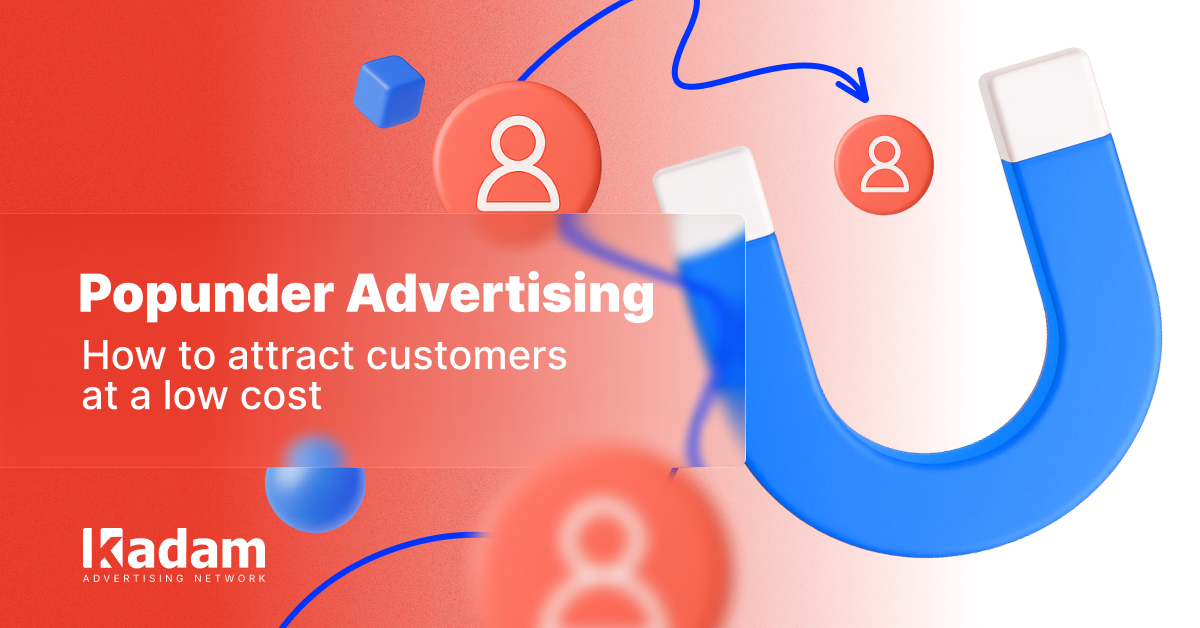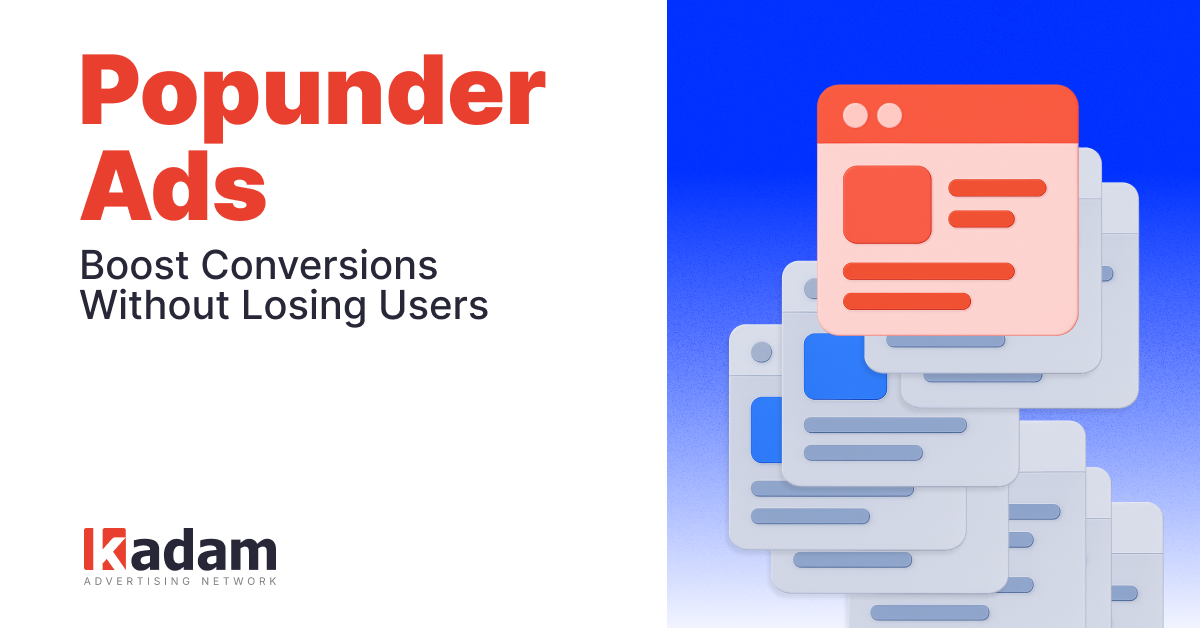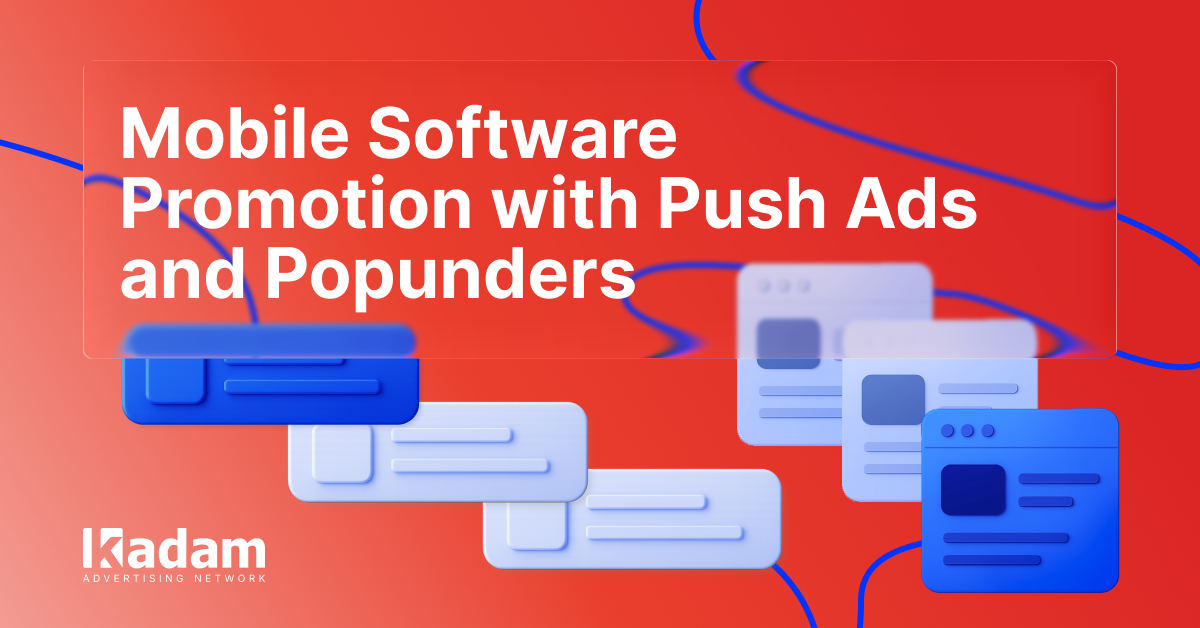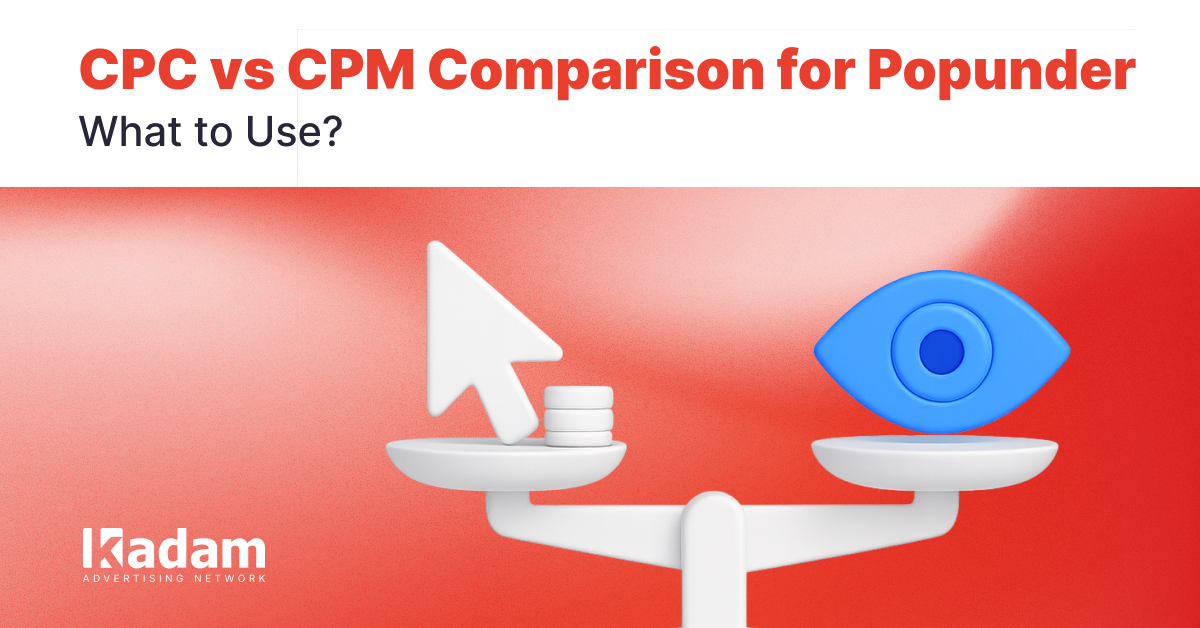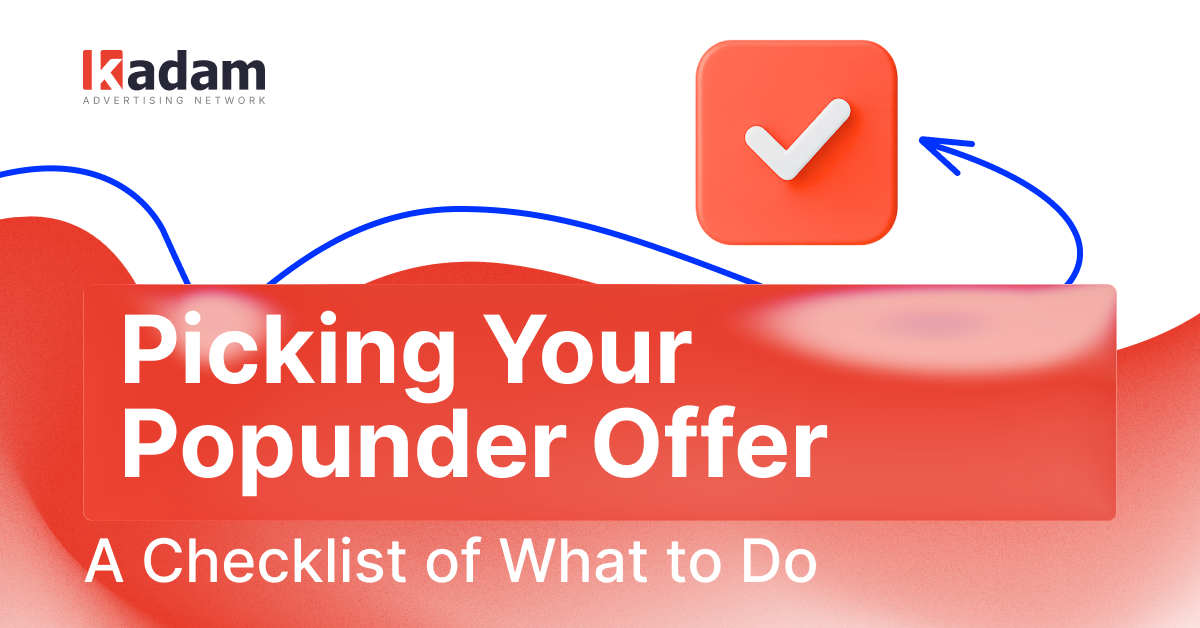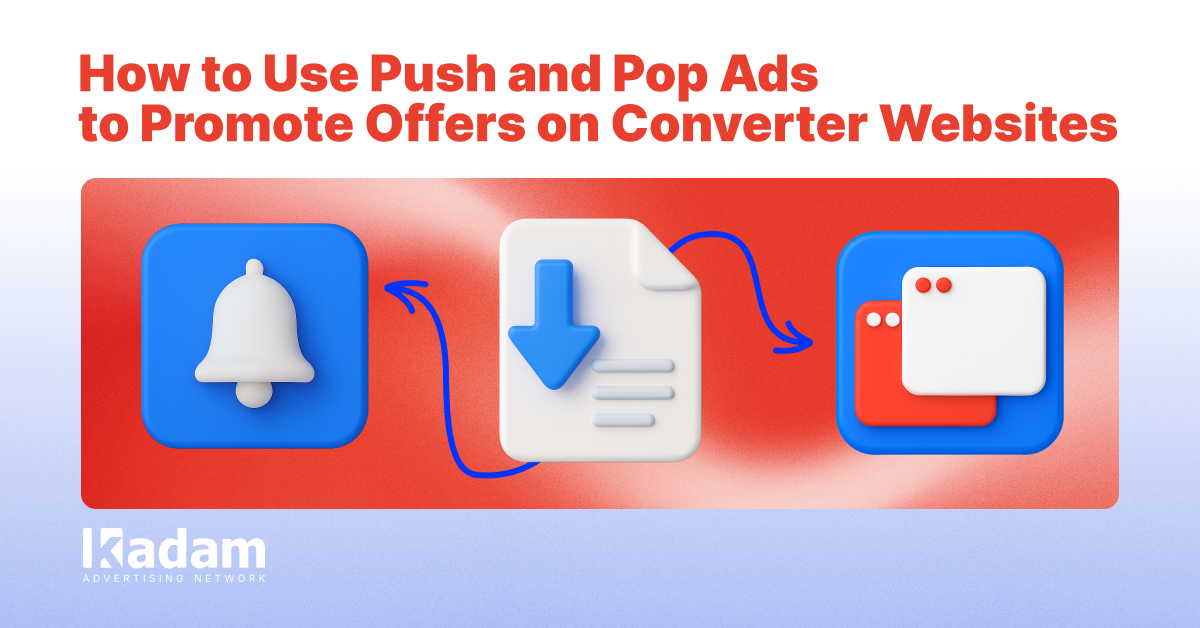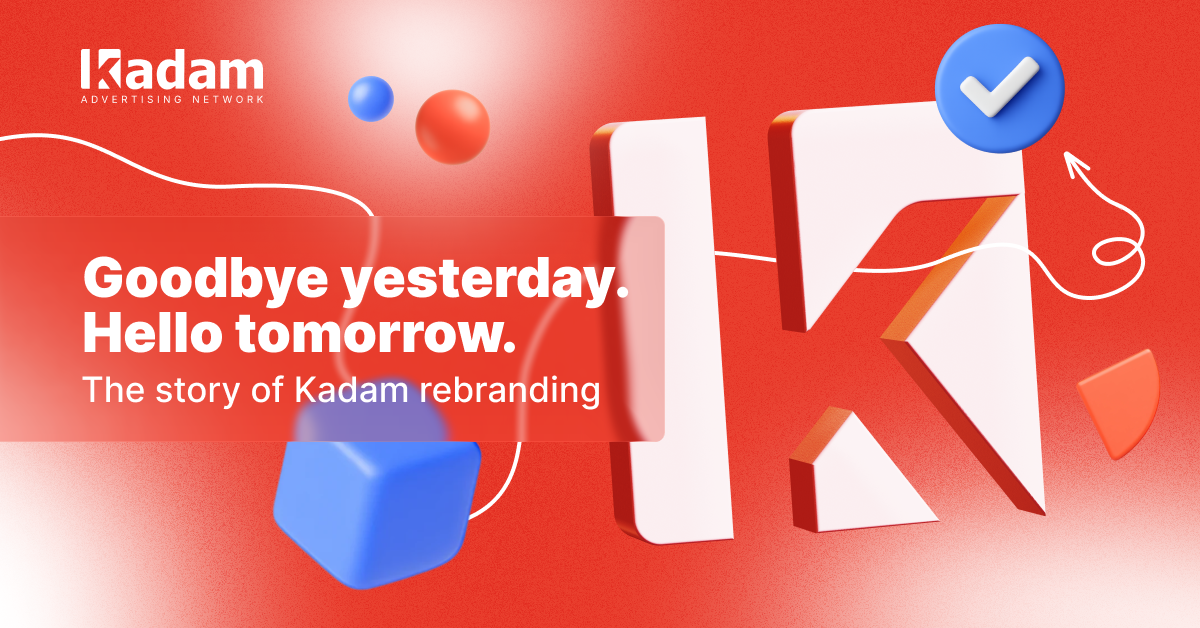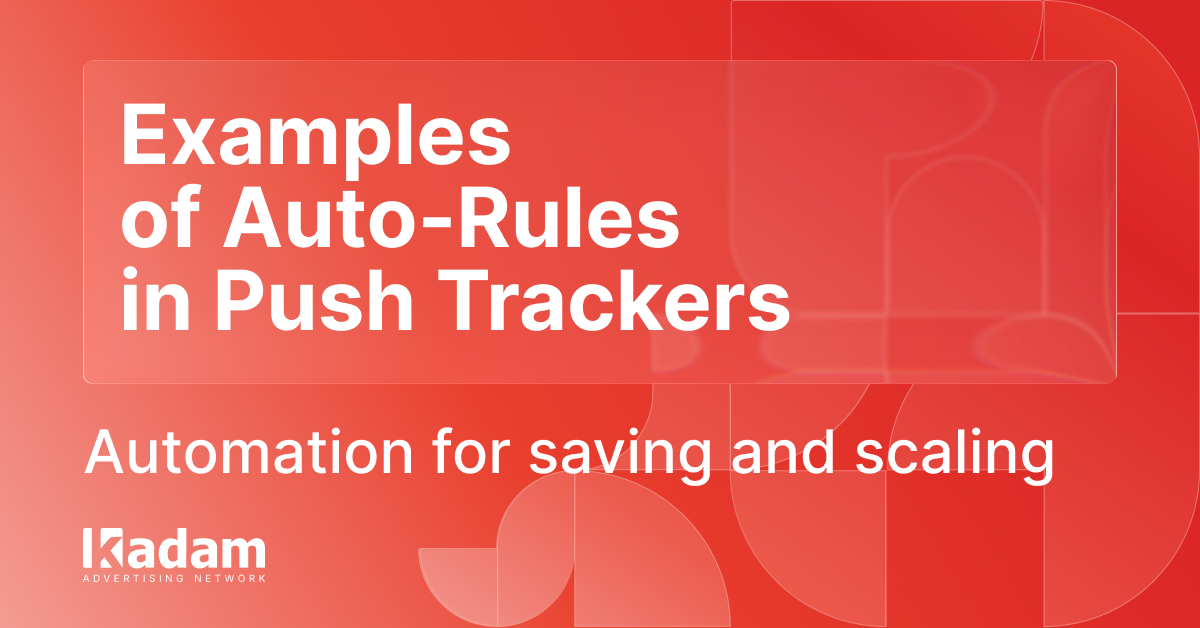
Auto Rules for Push Campaigns: Examples and Use Cases
Push campaigns improve ad visibility, which helps you get more clicks and conversions on your desktop and mobile traffic. To get better returns on your budget, you need automation. Let’s find out how to set this up to get a better response on your campaign.
25 Sep 2025
Push campaigns improve ad visibility, which helps you get more clicks and conversions on your desktop and mobile traffic. To get better returns on your budget, you need automation. Let’s find out how to set this up to get a better response on your campaign.
Why Use Auto Rules in Push Campaigns?
Automation is a huge time saver. It allows you to specify your desired action on every part of the campaign based on real-time outcomes, without having to do it all manually.
Key Metrics to Automate for Better Performance
Since your goal is to optimize budget spending, your push campaign automation should be based on metrics:
Establishing minimum acceptable CTR, CPC, and CPA levels
Regardless of the metrics that matter to you, you should establish the minimum acceptable outcome for you to keep the campaign going. Use the following:
- CTR for determining which creatives to run or pause.
- CPC for adjusting your bids based on click trends.
- CPA to identify segments that are not converting well.
What are the right conversion rates and cost per conversion?
The way you set these should depend on the standards in the industry and the results of past push traffic campaigns. So, whatever you decide, make sure that it’s realistic.
Time-based rule triggers
These are automations based on time or duration, such as:
- Creating a schedule for push ads,
- Pausing a campaign if it doesn’t perform well after a certain number of hours, and
- Only showing the ad a certain number of times in each 24-hour period.
Most Common Push Campaign Automation Rules
If you’re not sure where to start, try the following:
Pause underperforming placements
It’s up to you to decide on your performance benchmarks. These can be relative to how other placements are doing or be based on the averages for your specific vertical.
Increasing bids on high-performing zones
Focusing on high performers lets you increase your returns per dollar spent. The budget you save on eliminating low-performing creatives can be allocated there instead.
Setting daily spend limits
Setting a daily limit lets you spread out your budget more evenly. This ensures long-term visibility without overspending.
Filtering by OS, browser, or GEO
Doing this allows you to focus on the audience that responds best to your campaign.
Auto Rules Campaign Setup in Ad Networks
Learn the steps and the best practices for automating your campaign:
Step-by-step rule configuration
To create rules for running your campaign, here is what to do:
- Set the age and gender of your audience.
- Specify your platform and browser targets.
- Create campaign restrictions.
- Specify the time and days that the ad may appear.
- Set how the budget is distributed among sites.
- Identify your target CPA.
We’ve detailed every step of the push campaign creation process here.
Best practices for campaign automation
Whether you’re redirecting traffic for website monetization or just for lead generation, these practices will be useful:
- Regularly review outcomes
- Don’t be afraid to change automation rules based on the insights you gather
- Make sure the rules don’t conflict or overlap with each other
- Use past campaign data to determine the rules you want to set
Use Cases: Real-World Examples of Automation
Let’s share how you may do this on two of our more popular verticals.
Applying auto-optimization to Nutra offers
For Nutra offers, you can establish the number of times that the ad will appear because the user usually doesn’t take action right away. Depending on the GEO of your target audience, you can also set when the push ad will be active.
iGaming campaigns using push traffic
High visibility is important for iGaming. So, instead of a retargeting automation approach, you may focus on casting a wide net. For example, set a CPA target to adjust the spending-to-returns ratio.
Final Thoughts on Push Automation Rules
Push traffic is unpredictable but easy to scale. That’s why establishing rules is useful. It lets you get a handle on how the campaign operates without needing an entire team. Use this as a guide, but learn to trust your instincts, too. Start simple, monitor, and optimize as required.
FAQ
What are auto rules in push campaigns?
These are conditions that the system follows in automating how your push campaign is executed.
How do I automate a push ad campaign?
Essentially, scale the winners and pause non-performers to get better returns on your budget.
Which metrics should I use for automation rules?
Control it based on the CTR, CPC, and CPA bids. Consider using time as a metric as well.
Can I use auto rules to optimize CPA?
Yes. This is possible on platforms like Kadam that support rule-based optimization.
Are auto rules supported by all ad networks?
No. Always check with the ad network that you’re using.








